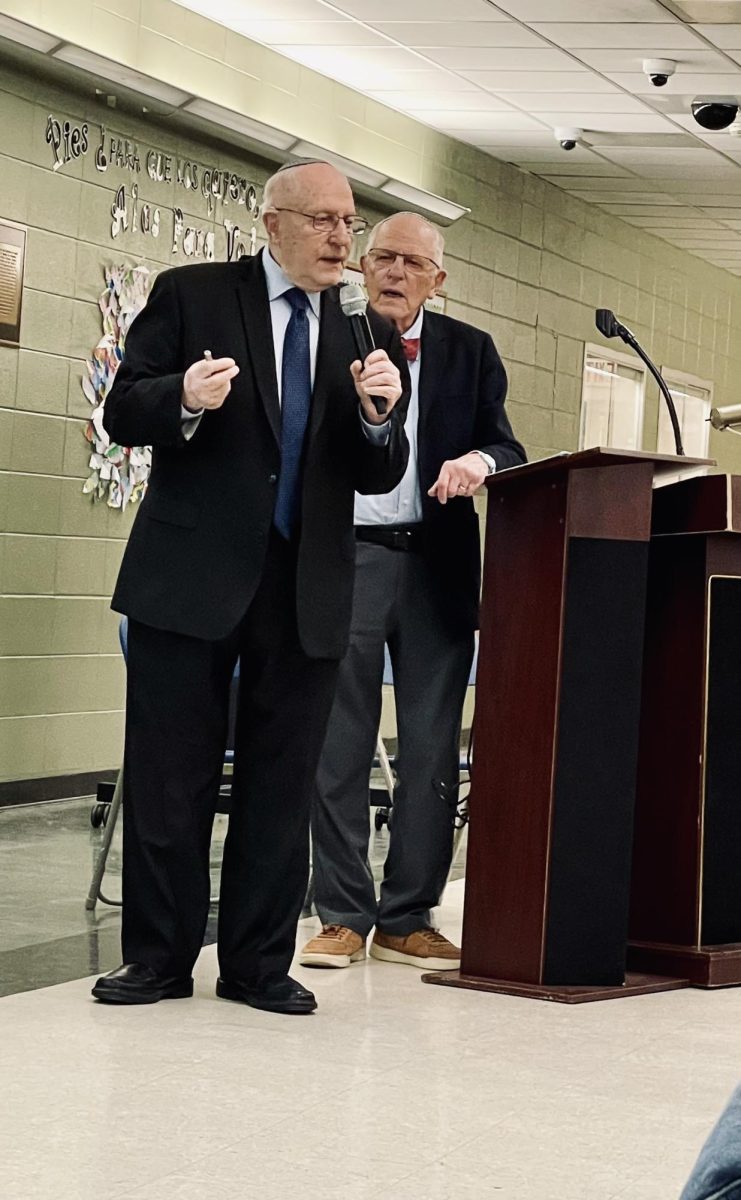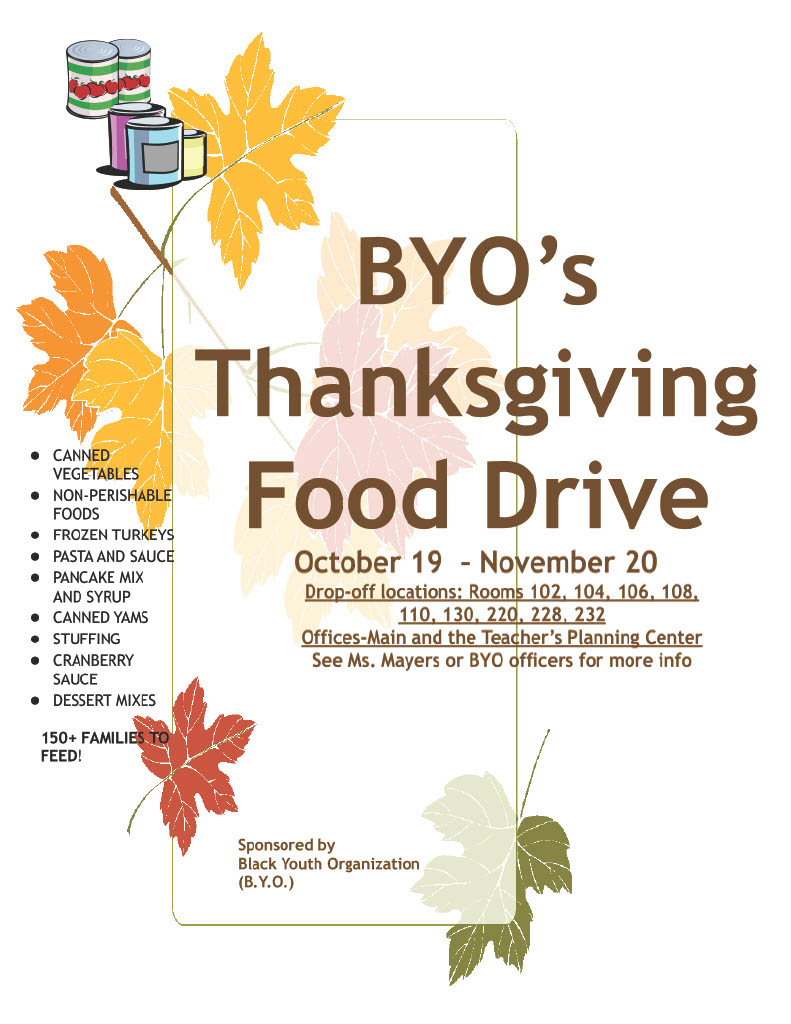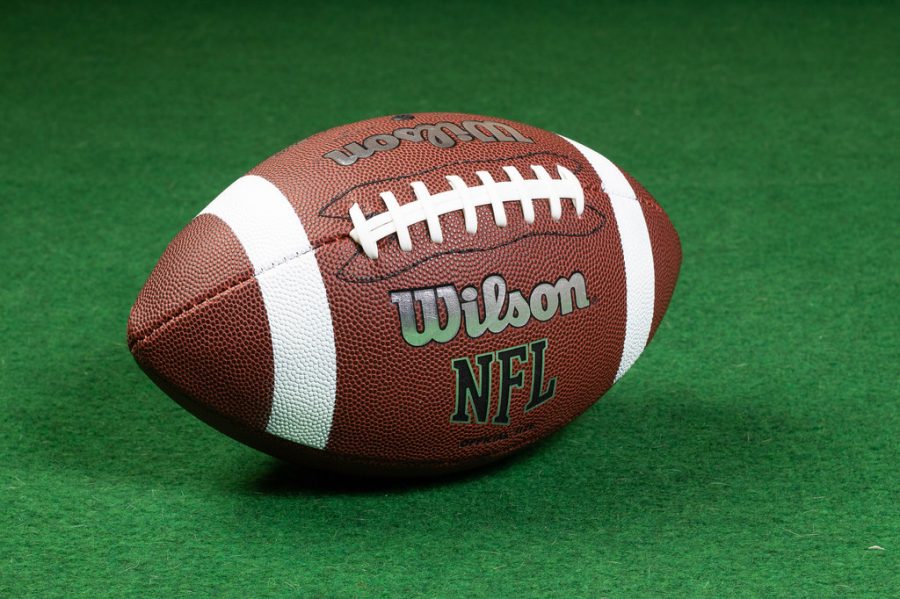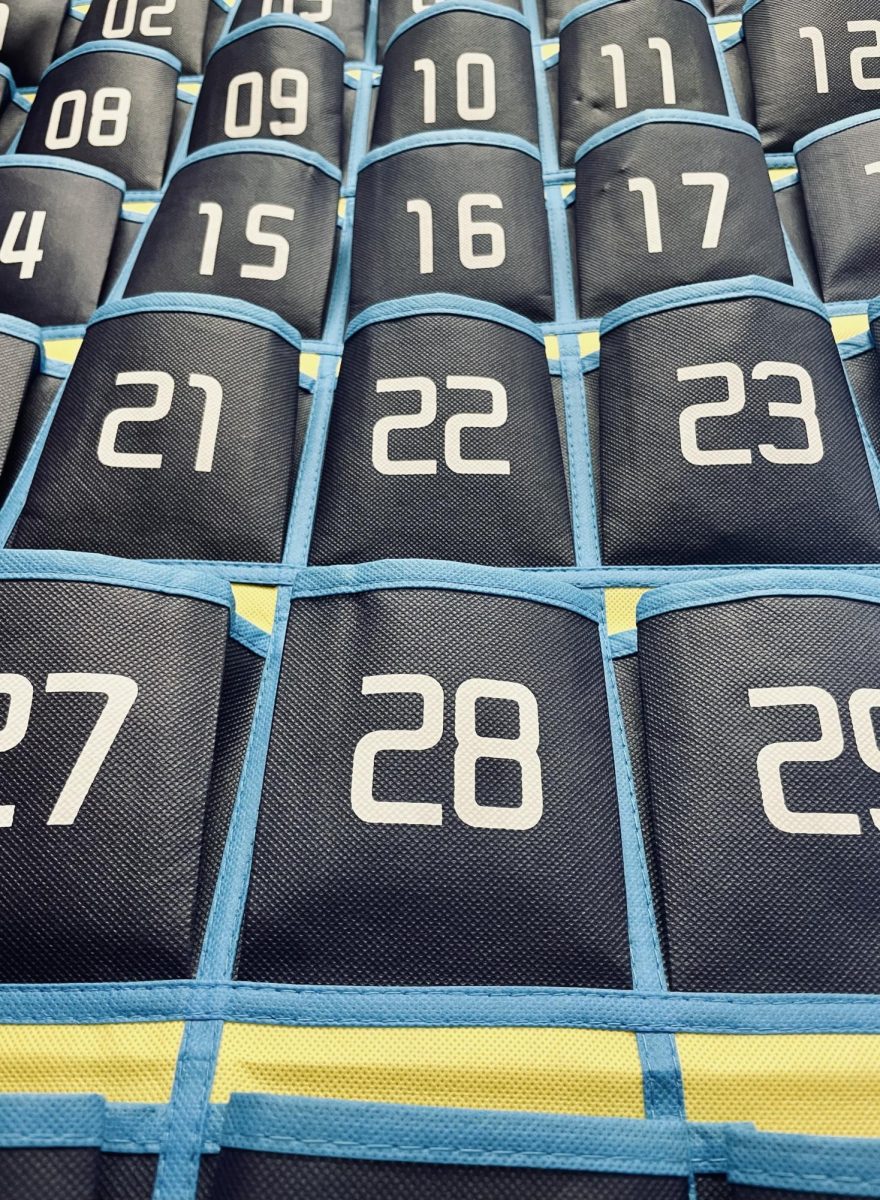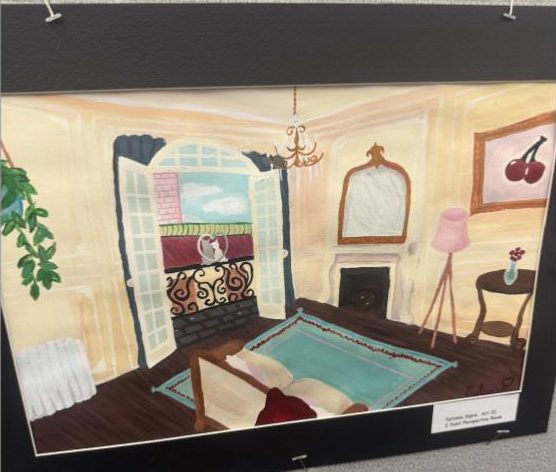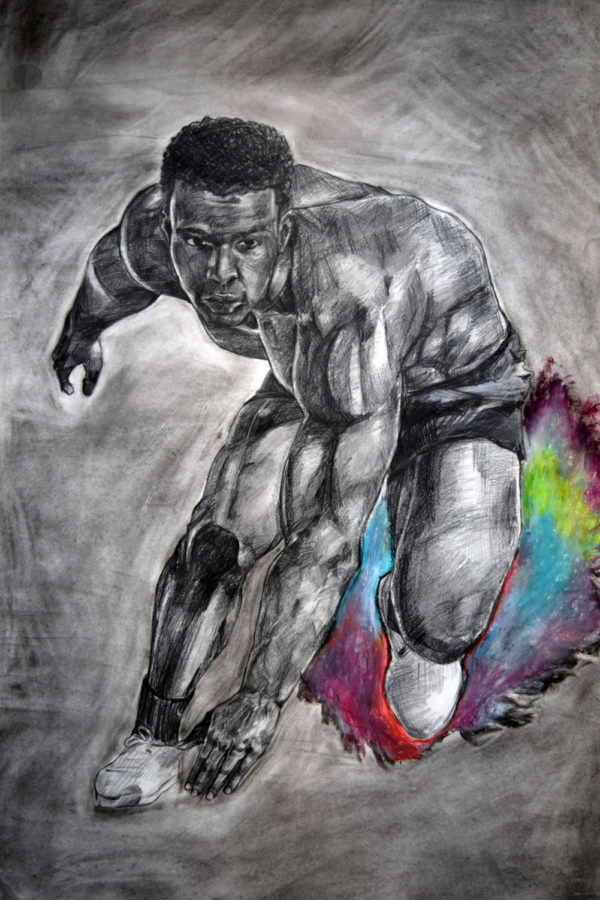First, the holiday I celebrate is Eid. There are two Eids, the first comes after Ramadan. Ramadan is a month that Muslim people fast in it to worship god and to feel how others feel without food. We fast for the whole month from sunrise to sunset.
When Ramadan ends Eid al Fitr comes after Ramadan Eid al Fitr is an Arabic word. On Eid, we wake up early and dress in new clothes and then go to the mosque and pray together after we finish praying we go to friends and family to visit.
Now I’ll tell you more about it, Eid al-Fitr, often referred to as the “Festival of Breaking the Fast,” is one of the most important celebrations in Islam. This joyous occasion marks the end of Ramadan, the holy month of fasting, introspection, and spiritual growth observed by Muslims worldwide.
The commencement of Eid al-Fitr is determined by the sighting of the new moon. Muslim communities await the announcement from religious authorities confirming the end of Ramadan.
On the morning of Eid, Muslims gather at mosques or in open fields to perform a special prayer known as Salat al-Eid or Eid prayers. This congregational prayer is often followed by a sermon, emphasizing unity, gratitude, and charitable acts.
Zakat al-Fitr, a form of charity specific to Eid, is obligatory for those who can afford it. It’s a means of purification by giving to the less fortunate, ensuring everyone can partake in the festivities. Eid is a time of indulgence and feasting after a month of fasting. Families prepare elaborate meals, exchanging traditional dishes and sweets. Sharing food with neighbors and the less fortunate is also a common practice, reinforcing the spirit of community and generosity. It’s customary for people, especially children, to wear new clothes and receive gifts or money (“Eidi”) from elders or family members as a symbol of love and celebration.
Eid is a time for reconnecting with family and friends. People visit each other’s homes, exchange greetings, share meals, and strengthen bonds.
Each region and culture infuses its unique traditions into Eid celebrations. From vibrant street festivities to cultural performances, the spirit of Eid manifests diversely across different countries and communities. In some places, public spaces are adorned with colorful decorations and markets brim with goods for gifting and feasting. charitable initiatives and even sports tournaments can be part of the Eid celebrations, uniting people in joyous activities.
Eid al-Fitr is a time of immense joy, gratitude, and reflection for Muslims worldwide. It encapsulates the values of compassion, community, and devotion, fostering a sense of togetherness among diverse populations and celebrating a shared faith.
